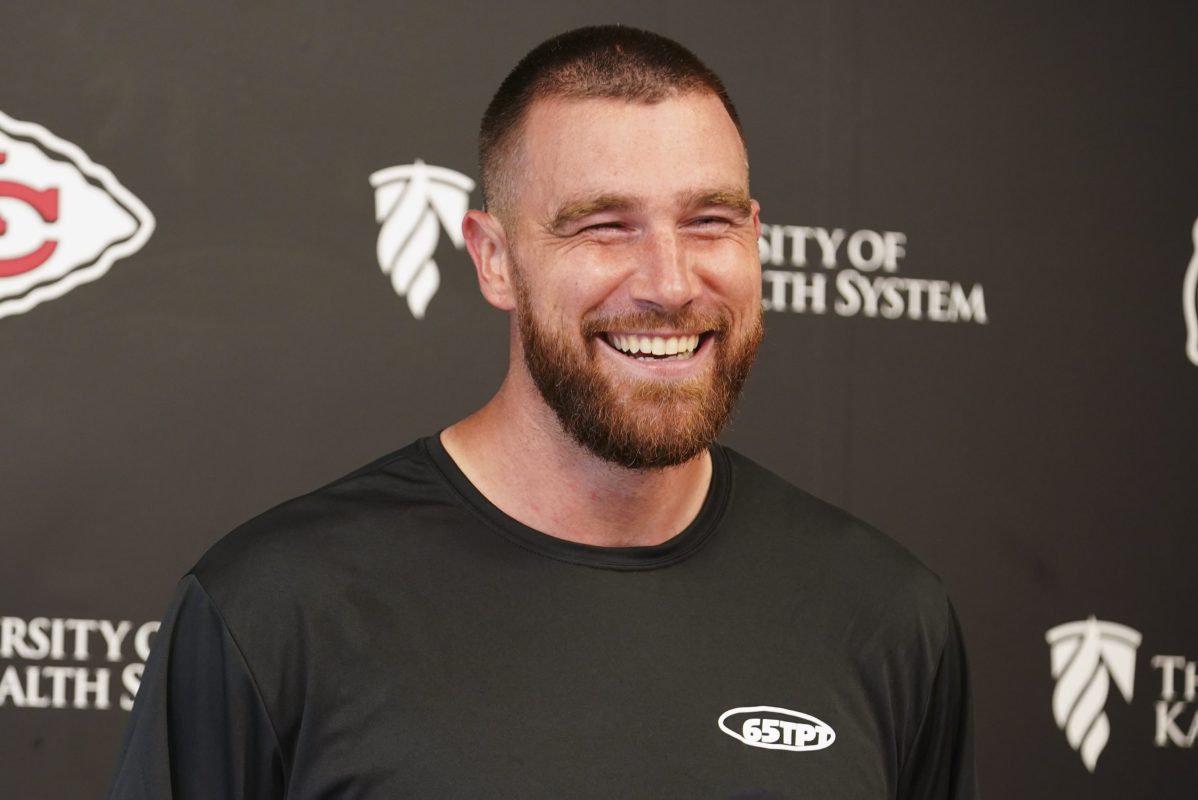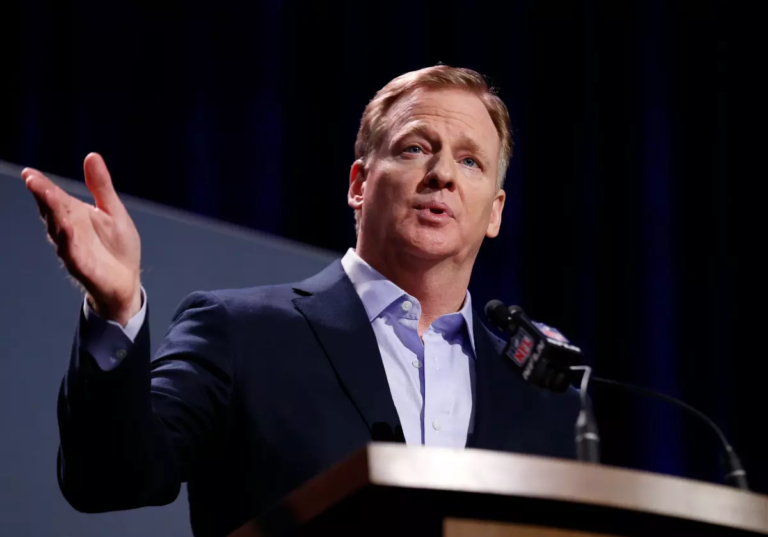The NFL is a realm of fierce competition, athletic prowess, and intense pressure. As players tackle their way through grueling seasons, they often face injuries and chronic pain that can take a toll on both body and mind. Amid this struggle lies a controversial topic: marijuana use. The question lingers — can NFL players smoke weed under the current rules? Despite shifting societal views on cannabis, the league maintains stringent policies surrounding its use. Yet, many athletes are raising their voices in favor of reevaluating these regulations as they seek safer alternatives for pain management. Let’s dive into the complex relationship between NFL players and marijuana to uncover what’s going on behind those closed locker room doors.
The NFL’s Strict Rules on Marijuana Use
The NFL has long enforced strict rules regarding marijuana use. Players face rigorous testing protocols aimed at deterring substance abuse. Any positive test can lead to hefty fines, suspensions, or even a complete ban from the league.
These policies have roots in the league’s desire to maintain a specific image and uphold player safety. As a result, many athletes find themselves navigating this complicated landscape while coping with pain and injuries sustained on the field.
Despite growing support for cannabis legalization across the country, the NFL’s stance remains cautious. The current Collective Bargaining Agreement outlines specific thresholds for THC levels that players must adhere to, leaving little room for flexibility.
As discussions about mental health and alternative treatments gain momentum, players increasingly question whether these outdated rules serve their best interests.
Medical Benefits of Marijuana for Athletes
Marijuana is increasingly recognized for its potential medical benefits, especially among athletes. For those in high-impact sports like football, recovery from injuries can be a daunting challenge.
Cannabinoids found in marijuana interact with the body’s endocannabinoid system. This connection may help reduce inflammation and alleviate pain. Many players have reported that using cannabis allows them to manage discomfort without resorting to traditional pharmaceuticals.
Moreover, marijuana might aid sleep quality, which is crucial for recovery after intense games or training sessions. Restful nights enable athletes to perform at their best when it counts most.
Anxiety management is another appealing aspect of marijuana use. The pressures of professional sports can weigh heavily on an athlete’s mind. Cannabis has shown promise in promoting relaxation and mental well-being.
For athletes searching for holistic approaches to health, the appeal of marijuana continues to grow as research unfolds surrounding its advantages.
The Impact of the Opioid Crisis on the NFL
The opioid crisis has profoundly affected many sectors, and the NFL is no exception. Players often face intense pain due to injuries sustained on the field. To manage this discomfort, some have turned to prescription opioids, leading to devastating consequences.

In recent years, numerous players have spoken out about their struggles with addiction. The urgency for alternative pain management solutions has never been more apparent as these stories emerge from locker rooms across the league.
Reports indicate that many athletes feel pressured to suppress their pain while performing at elite levels. This culture encourages reliance on potentially harmful substances rather than seeking healthier alternatives.
As awareness grows about the opioid epidemic’s impact, pressure mounts on leagues like the NFL to reevaluate their policies regarding substance use—including marijuana. It seems clear that a shift is necessary for player health and safety in today’s game.
Players Who Have Spoken Out About Using Marijuana for Pain Management
Several NFL players have openly advocated for marijuana as a viable alternative to traditional pain management methods. These athletes share personal stories that highlight the struggles of dealing with chronic pain and the side effects of prescription medications.
Former NFL linebacker Derrick Morgan has been one of the most vocal cannabis proponents. The question — can NFL players smoke weed under the current rules? He argues that cannabis is a safer option that promotes healing without harmful side effects. His insights shed light on an ongoing conversation surrounding player health and well-being.

Another notable figure, Eugene Monroe, a retired offensive tackle, took his fight public after experiencing severe pain from injuries sustained during his career. He emphasized how marijuana could alleviate discomfort while reducing reliance on opioids.
These testimonials are gaining traction within the league and among fans alike. They reflect a shift in perception about marijuana’s role in sports medicine and its potential benefits for athletes grappling with physical challenges daily.
The Push for Change in the NFL’s Stance on Marijuana
As discussions around marijuana use gain momentum, many advocate for a shift in the NFL’s policies. Players and medical professionals alike highlight the potential benefits of cannabis as a safer alternative to opioids.
Activist groups have joined forces with former players to raise awareness of this issue. Their voices resonate through social media campaigns, public appearances, and interviews. This grassroots movement seeks to educate fans and league executives on marijuana’s healing properties.

Moreover, shifting public attitudes towards cannabis are influencing the professional sports landscape. The dialogue evolves from taboo topics into essential conversations about player health and safety.
With increasing legalization across states, pressure mounts on the NFL to reconsider its stance. Fans want their favorite athletes healthy—not sidelined by preventable issues related to pain management options that are outdated or harmful.
Alternative Ways to Manage Pain Without Prescription Drugs
Exploring alternatives for pain management can open new doors for those seeking relief without relying on prescription medication. One practical option is physical therapy. Tailored exercises and techniques can strengthen muscles, improve mobility, and alleviate discomfort.
Acupuncture has also gained traction among athletes. This ancient practice involves inserting thin needles into specific points on the body to promote healing and reduce pain.

